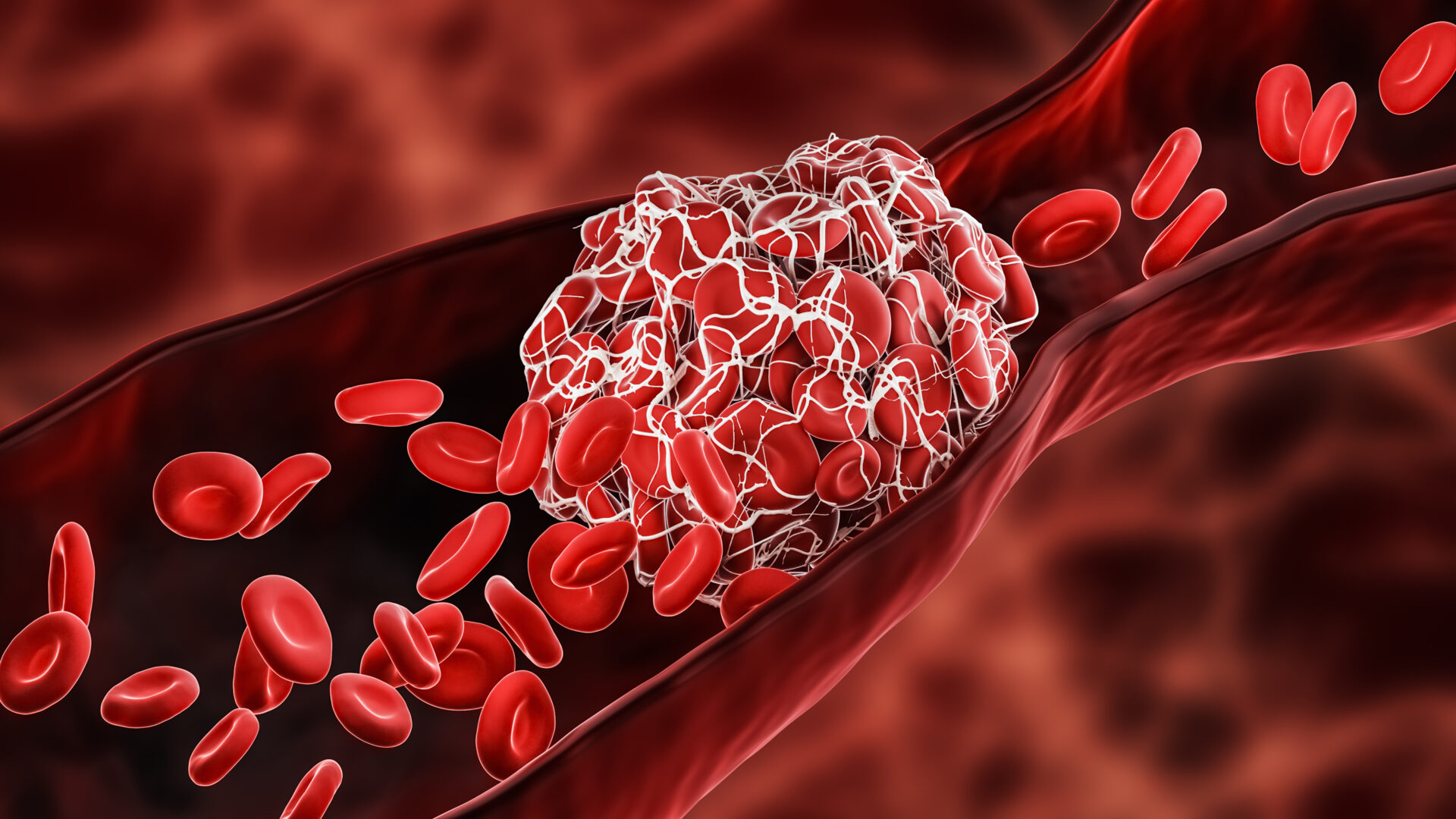
Blood Clot or thrombus blocking the red blood cells stream within an artery or a vein 3D rendering illustration. Thrombosis, cardiovascular system, medicine, biology, health, anatomy, pathology concepts.

Blood Clot or thrombus blocking the red blood cells stream within an artery or a vein 3D rendering illustration. Thrombosis, cardiovascular system, medicine, biology, health, anatomy, pathology concepts.

Blood Clot or thrombus blocking the red blood cells stream within an artery or a vein 3D rendering illustration. Thrombosis, cardiovascular system, medicine, biology, health, anatomy, pathology concepts.
Airdate: Tuesday, September 27, 2022
About 795,000 people suffer from a stroke in the U.S. each year. More than 140,000 die from stroke. Stroke is the leading cause of disability in the United States. 60% of stroke deaths occur in women. Experts say 80% of strokes can be prevented.
Dr. Raymond Reichwein, a neurologist and co-director of the Penn State Stroke Center in Hershey was on Tuesday’s Smart Talk where he described what a stroke is,”A stroke is a sudden brain injury caused by a blood vessel problem. And with that being said, there’s two types of stroke. One is known as an ischemic stroke, which is the most common. It affects about 85% of people. And that’s where a clot walks up a blood vessel and cuts off the blood supply to a certain part of the brain. The other less common type is what’s called a hemorrhagic stroke. That’s where a blood vessel burst and dispenses bleeding blood in and around the brain.”
What are the symptoms of a stroke,”So there are several common symptoms. And the acronym for the public health. There is something called BE FAST — the acronym stands for the following. So the B is a sudden balance problem on your walking balance is off the E stands for an eye problem, either loss of vision or double vision. Classically, the F stands for a face problem. Classically a drop of your face. It could also be a face that a stands for an arm problem. If you hold your arms out, your arm can drift down and appear weak. It also could affect the leg. The S stands for a speech problem to where your words are garbled, slurred, or you’re having difficulty getting the words out or understanding conversation. And then the T emphasizes the importance of time to call 911 and use the EMS system to promptly get to the hospital for a prompt evaluation and hopefully an appropriate treatment.”
Dr. Reichwein listed the risk factors for stroke,”High blood pressure, diabetes, cholesterol, atrial fibrillation, and then also carotid artery disease, a blockage in your neck artery. And then lastly, there are people out there with aneurysms. So abnormal blood vessels in their brain, people that smoke and have high blood pressure can increase the likelihood that one of those aneurysms can rupture and cause a brain hemorrhage. So, we don’t talk as much about those, but the brain hemorrhages can be much more likely to be fatal after suffering a hemorrhage. But there’s many others. But I would just leave the list short at those to start with. And then also behaviorally smoking and alcohol abuse carry increased risk.”
Reichwein told the Smart Talk audience that if someone is having a stroke to call 911 and get to a hospital or a certified stroke center as quickly as possible because time is one of the most important factors in savings a stroke victim’s life.
The days of journalism’s one-way street of simply producing stories for the public have long been over. Now, it’s time to find better ways to interact with you and ensure we meet your high standards of what a credible media organization should be.